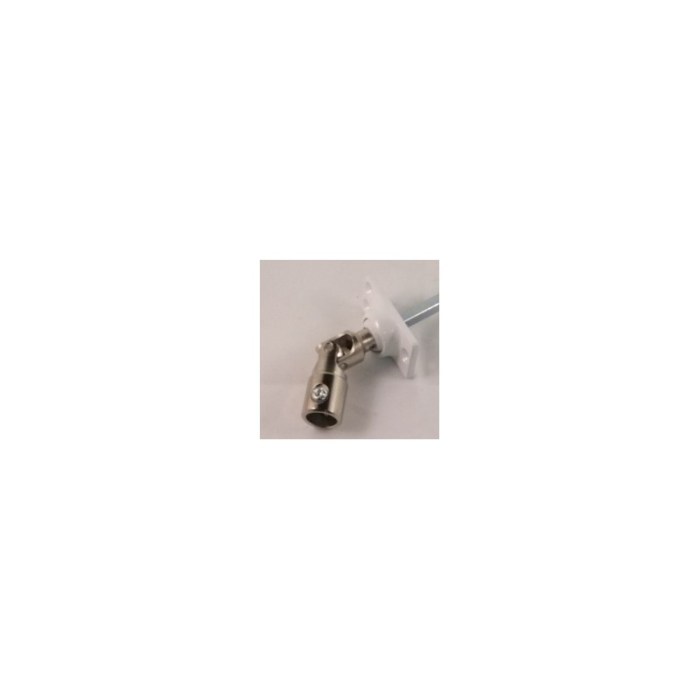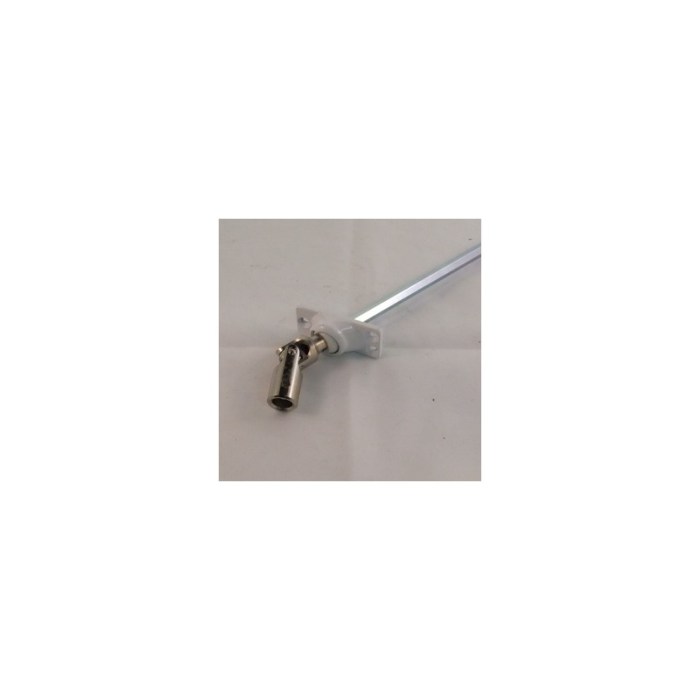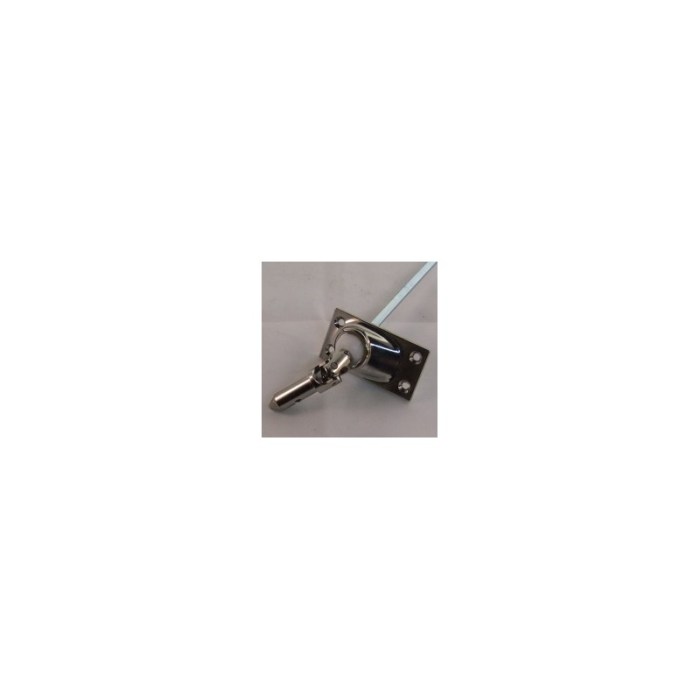Which series u-joint has the greatest torque capacity – Delving into the realm of universal joints, this discourse explores which series reigns supreme in terms of torque capacity. Embarking on a journey through joint types, design considerations, and real-world applications, we unravel the intricacies of these mechanical marvels.
Torque capacity, a pivotal metric in universal joint performance, takes center stage. Factors influencing this crucial attribute are meticulously examined, paving the way for an in-depth understanding of joint design and its impact on torque transmission.
Joint Types

Universal joints, also known as U-joints or universal couplings, are mechanical devices that connect two rotating shafts and allow for angular misalignment between them. They are used in various applications where power transmission is required between shafts that are not perfectly aligned, such as in automotive driveshafts, industrial machinery, and robotics.
There are several different types of universal joints, each with its own unique design and characteristics. The most common types include:
- Hooke’s joint:This is the simplest type of universal joint, consisting of two yokes connected by a cross-shaped spider. It is suitable for low-torque applications.
- Cardan joint:This is a more robust version of Hooke’s joint, with the yokes connected by a single cross-shaped spider. It is capable of handling higher torque loads.
- Double Cardan joint:This is a combination of two Cardan joints connected by an intermediate shaft. It is used in applications where there is a significant angle of misalignment between the shafts.
- Constant-velocity (CV) joint:This type of universal joint uses a ball-and-socket design to provide constant angular velocity between the shafts. It is commonly used in front-wheel drive vehicles.
| Joint Type | Design | Torque Capacity | Applications |
|---|---|---|---|
| Hooke’s joint | Two yokes connected by a cross-shaped spider | Low | Low-torque applications |
| Cardan joint | Two yokes connected by a single cross-shaped spider | Medium | Higher torque loads |
| Double Cardan joint | Two Cardan joints connected by an intermediate shaft | High | Applications with significant angle of misalignment |
| CV joint | Ball-and-socket design | High | Front-wheel drive vehicles |
Torque Capacity

The torque capacity of a universal joint is a measure of its ability to transmit torque between the shafts. It is typically measured in Newton-meters (Nm) or pound-feet (lb-ft).
The torque capacity of a universal joint is influenced by several factors, including:
- Size and material of the joint:Larger joints made from stronger materials can handle higher torque loads.
- Design of the joint:Some joint designs are inherently more capable of handling torque than others.
- Lubrication:Proper lubrication is essential for reducing friction and wear, which can both reduce torque capacity.
- Operating conditions:The torque capacity of a joint can be affected by factors such as temperature, speed, and misalignment.
Design Considerations
When designing a universal joint for high torque capacity, several factors should be considered:
- Use a larger joint:Larger joints can handle higher torque loads.
- Choose a strong material:Joints made from high-strength materials, such as alloy steel or hardened steel, can withstand higher torque loads.
- Optimize the joint design:Some joint designs are inherently more capable of handling torque than others. For example, double Cardan joints are better suited for high torque applications than Hooke’s joints.
- Provide adequate lubrication:Proper lubrication is essential for reducing friction and wear, which can both reduce torque capacity. Joints should be lubricated regularly according to the manufacturer’s specifications.
| Design Consideration | Impact on Torque Capacity |
|---|---|
| Larger joint | Increased torque capacity |
| Stronger material | Increased torque capacity |
| Optimized joint design | Increased torque capacity |
| Adequate lubrication | Reduced friction and wear, increased torque capacity |
Applications: Which Series U-joint Has The Greatest Torque Capacity

High torque capacity universal joints are used in a variety of industries and applications, including:
- Automotive:Driveshafts in rear-wheel drive and four-wheel drive vehicles
- Industrial machinery:Cranes, conveyors, and other heavy machinery
- Robotics:Joints in robotic arms and other robotic devices
- Aerospace:Control surfaces in aircraft and spacecraft
In these applications, high torque capacity is essential for ensuring reliable and efficient power transmission under demanding operating conditions.
Future Developments
Several emerging technologies and advancements are expected to improve the torque capacity of universal joints in the future. These include:
- New materials:The development of new materials with higher strength and wear resistance will enable the production of joints with higher torque capacity.
- Improved designs:Ongoing research and development is focused on optimizing joint designs to increase torque capacity and reduce friction.
- Advanced lubrication systems:New lubrication systems and technologies are being developed to reduce friction and wear, which can extend the life of joints and increase their torque capacity.
These advancements are expected to lead to the development of universal joints with even higher torque capacity, enabling them to meet the demands of increasingly demanding applications.
FAQs
What factors influence the torque capacity of a universal joint?
Factors include joint type, material selection, bearing design, and lubrication.
How are universal joints with high torque capacity utilized in real-world applications?
They are employed in industries such as automotive, construction, and agriculture, where high torque transmission is essential.
What emerging technologies are expected to enhance torque capacity in universal joints?
Advanced materials, such as composites and ceramics, along with optimized bearing designs, hold the potential for significant improvements.